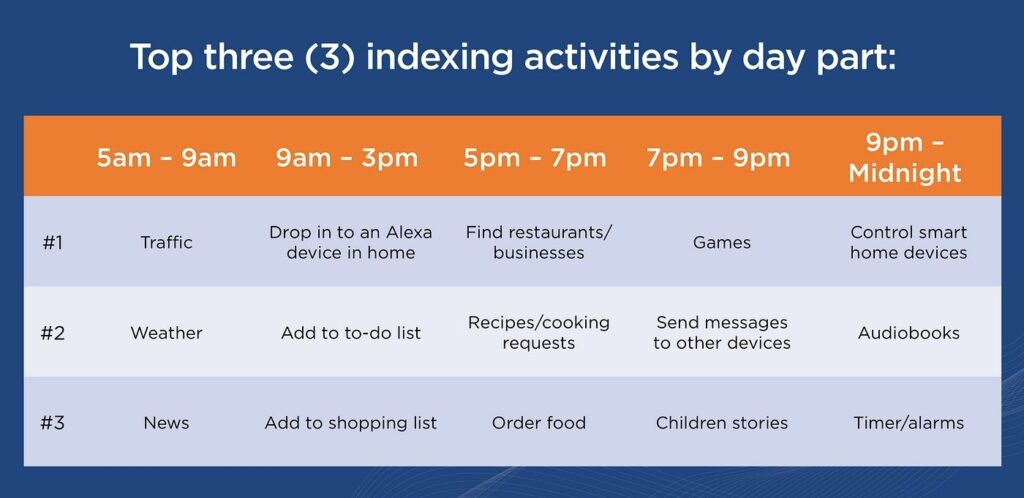Does your podcast have an expiry date?

A few weeks ago on Do By Friday, Max Temkin mentioned Robin Sloan’s 2010 post called Stock and flow.
I’ve been thinking about it ever since.
In the piece, Robin uses the economic terms stock and flow as a metaphor for modern media:
Flow is the feed. It’s the posts and the tweets. It’s the stream of daily and sub-daily updates that reminds people you exist.
Stock is the durable stuff. It’s the content you produce that’s as interesting in two months (or two years) as it is today. It’s what people discover via search. It’s what spreads slowly but surely, building fans over time.
Reading (and re-reading) this, I can’t help but apply this frame to my own podcast listening.
Flow is about nowness
For decades, the strength of traditional broadcast radio was in its immediacy, or what Nick Carr calls “nowness.” A lot of radio was live; made in and for a particular moment in time.
Flow podcasts are a lot like broadcast radio. They’re immediate, but they don’t usually have a long shelf life. The flow podcasts I listen to tend to be short-form, published frequently, and they tend to follow a familiar format.
NPR’s Up First is flow.
Techmeme Ride Home and MarketSnacks Daily are totally flow.
The CBC Hourly News is most certainly flow.
Stock is about timelessness
On the flip side, S-Town is stock.
99% Invisible and Radiolab and Twenty Thousand Hertz are stock.
Almost all of the series we make at Pacific Content are specifically designed to be stock. Most episodes of Trailblazers or Choiceology have a pretty long shelf life, and shouldn’t go stale anytime soon.
Stock podcasts vs. flow podcasts
When you create a podcast, consider not only who it’s for, but also how your audience will use it, and how it’ll fit into their lives.
When I get ready for work in the morning, I want flow podcasts: quick, information-rich audio that’s relevant to my life. I’ll never listen to the same edition of the CBC Hourly News twice. Why would I?
But when I exercise, or commute, or I’m winding down after a long day, I have more time and appetite for stock podcasts. Like a good book, or film, or TV series, I might listen to my favorite episodes more than once.
It’s also important to think about the device your audience will use to listen, and the context they’ll be listening in.
For smart speakers, research from NPR and Edison suggests flow is king:

Stock, according to Robin Sloan, is “what people discover via search.” As Google continues to pursue an aggressive podcast strategy where audio becomes a first-class citizen in search, stock stands to benefit.
If you produce stock, I bet there’s a lot of untapped value in your back catalog. What are you doing to make sure people can find and use those episodes?
Ask yourself: Is my podcast stock? Or is it flow?
Sign up for the Pacific Content Newsletter: audio strategy, analysis, and insight in your inbox. Once a week.
